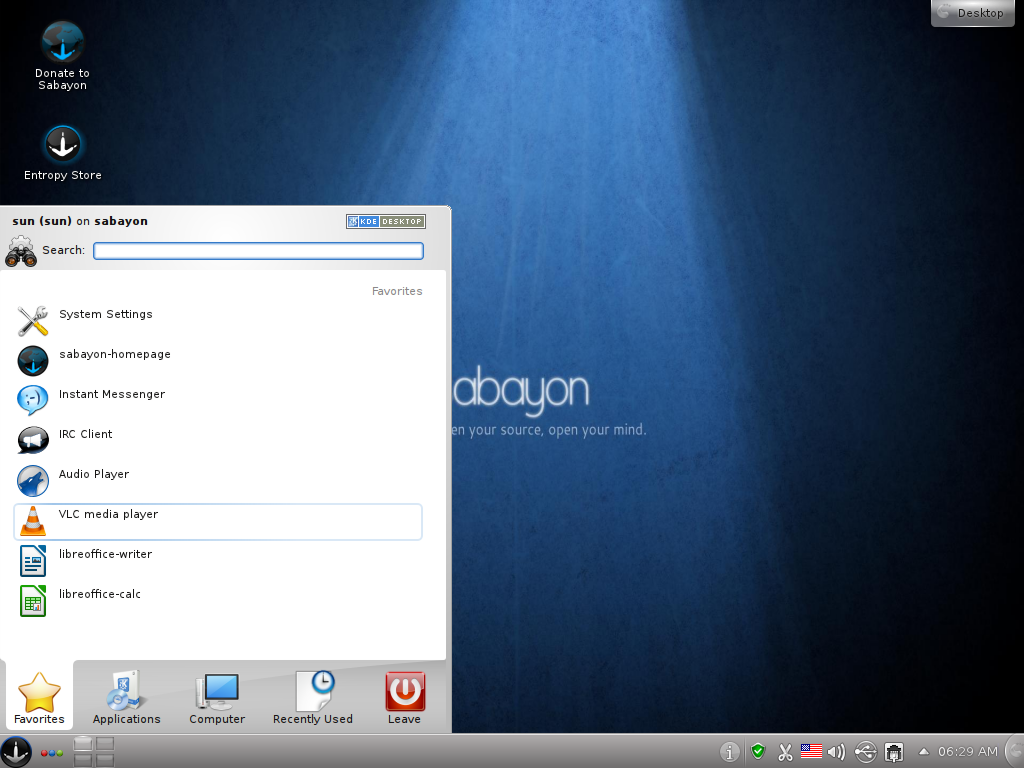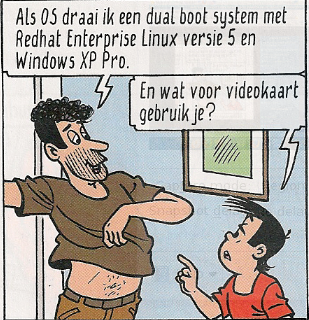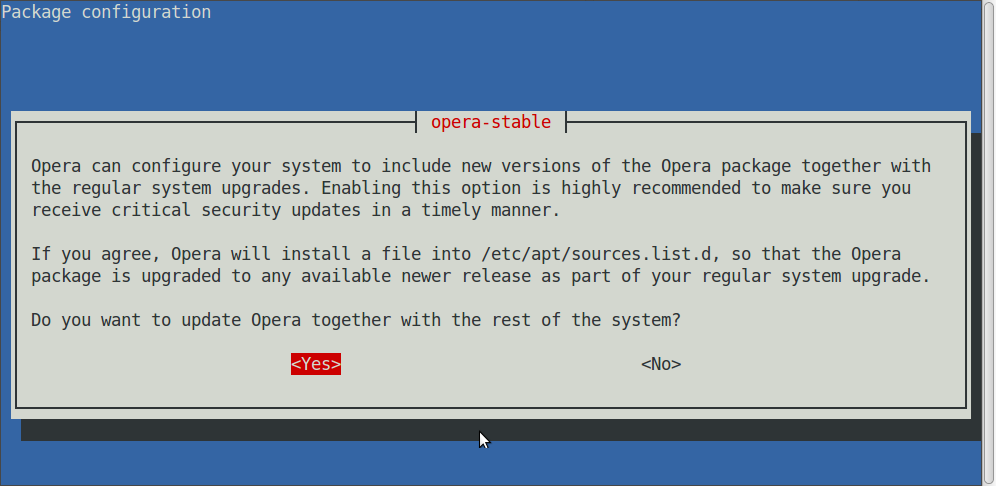There are perhaps hundreds of KDE Linux distributions available, and like an active volcano, more are “erupting” at a rate that is tough to keep pace with. While more choices are a good thing, and distro-hopping is a fact of life in the free software operating system community, sometimes, it is desirable to find one or two distributions that you like and hop off the distro-hopping train.
That is where this article comes in, to bring to your attention the best Linux distributions that use KDE, the K Desktop Environment. Though I do not consider any of the distributions listed in this article as perfect, they are, by my assessment, better than others. And as much as I believe that they are the best available, I am also acutely aware of the adage: One man’s meat is another man’s poison.
So, without further ado, here are the best KDE distributions of 2011, in alphabetical order.
Chakra: Chakra is officially a fork of Arch Linux. Compared to others in this list, it is relatively a young distribution, backed by a small, but very active development community. You may download the latest release here and read all articles published about it on this website here.

Pros: Semi-rolling distribution, offering the latest and greatest KDE packages. A “pure” KDE/Qt distribution with a good selection of GTK applications delivered via a Bundle System. All applications that you could possible need are available for installation via a lightning-fast graphical package manager. The semi-rolling feature allows for an install once, upgrade forever installation.
Cons: It is exclusively a KDE distribution, so you are out of luck if you like it, but want to use another desktop environment. The installer has no support for disk encryption, LVM, the Linux Logical Volume Manager, RAID, and boot loader password-protection. Tribe, as the installer is called, is preemptively listed by the developers as alpha software, so the fact that it is prone to crashes should not come as a shock. From a purely security angle, a new installation of Chakra is as porous as the US-Mexican border. Perhaps even more porous because there is no security system in place to protect the system from network attacks. There is a graphical firewall application installed, but the firewall is not active. Application-level “firewall.” None of the popular multimedia codecs are installed, even though they are in the repository.
Fedora KDE Spin: The main edition of Fedora uses GNOME 3, but there is a Spin for KDE adherents. Download the latest release here and read all articles published about it on this website here.

Pros: Installer has support for disk encryption, RAID, LVM and boot loader password-protection. Includes many enterprise applications and features. Firewall is active, and there is a very good graphical firewall application to manage it. Application-level “firewall” provided by SELinux,
Cons: Because of the developers software philosophical stance, copyright/patent-encumbered applications are not part of the default installation, so a new installation requires some customization to get it to the same level of usability as, say, a new installation of Pardus or Sabayon.
Kubuntu: Kubuntu is Ubuntu but powered by the K Desktop Environment. It is an officially-supported distribution, that is, officially-supported by Canonical, the parent company of Ubuntu. You may download the latest release here and read all articles published about it on this website here.

Pros: The alternate CD installer has support for disk encryption, LVM, RAID, and boot loader password protection. Because of these features, users are encourage to use this edition, rather than the regular CD installer.
Cons: The new package manager, Muon Package Management Suite, is unnecessarily divided into two graphical applications when only should have been enough.
Mageia: Mageia is a fork of Mandriva Linux by former employees and contributors of Mandriva S.A. Mageia 1.0, the first release, is basically the same as the last good release of Mandriva Desktop (See Mandriva 2010 Spring review.) The distribution will assume its own personality when Mageia 2, which is under active development, is released early May 2012. Download Mageia 1 here and read all articles published about it on this website here.

Pros: Installer has support for LVM, disk encryption, RAID and boot loader password-protection. Excellent firewall application that is coupled to the network manager. Application-level “firewall” services provided by the MSEC tools. Sports the best graphical management applications in the business.
Cons: Aside from the installer lacking a “Back” or “Previous” button at critical steps, none worth mentioning. At least, none that I am aware of.
Pardus: This is an original distribution, which means that it is not based on another distribution. It is developed by the Turkish National Research Institute of Electronics and Cryptology (UEKAE), an arm of the Scientific and Technological Research Council of Turkey (TÜBİTAK). Like Chakra it is purely a KDE distribution. You may download the latest release here and read all articles published about it on this website here.

Pros: Very good graphical installation program with support for LVM and RAID. Other than the usual KDE graphical management applications, includes other custom-developed graphical management applications that are better than equivalent applications in most other distributions.
Cons: Installer lacks support for disk encryption and boot loader password-protection. Out of the box, the firewall is not active, though there is a custom-developed graphical firewall application installed. New editions tend to be released before the corresponding repository is populated with the latest applications.
Sabayon: This is based on Gentoo Linux, but unlike Gentoo, it is part binary, part sourced-based distribution. In other words, it is a hybrid distribution. Download the latest release here and read all articles published about it on this website here.

Pros: Installer is a slightly modified version of Anaconda, the Fedora system installation program, so there is support for disk encryption, LVM, RAID, and boot loader password-protection. Comes loaded with all applications that most users would need to perform their daily computing tasks. Firewall is active by default, and there is a graphical firewall application installed. Because it is a rolling distribution, there is no need to re-install, when a new edition is released.
Cons: An overly aggressive release policy (more releases per year than any other Linux distribution), and new releases are not publicly tested prior to being made available for download. This translates into releases that tend to be buggier than most. Aside from the firewall, no other network security application is in place.
So, care to know which of the aforementioned distributions I use? Actually, none, none at this time, but one that most closely fits my need is Sabayon. It has most of the security features I look for in an operating system. Another that I am really excited about is Chakra, and I could be using it right now if it had a good security posture. And if I can get Stackfolder and Takeoff Launcher on Fedora (KDE), then I would most certainly be using it.








Netrunner is the best on KDE
BlueSystems are supporting the development of the following projects:
Kubuntu
MintKDE
Netrunner
Hi. I’ve done a little homemade comparative between different Kde distros for checking the startup times. It might be of help for you. It’s here: http://pablog.tunalkan.com/fastest-kde
where is openSUSE?!
it is one of the best KDE distros.
I agree. It’s one of the historical distro that uses KDE. Why wasn’t it included in the comparison?
I do not agree. openSuSE was not included simply b/c it does not compare w/ the others.
In which sense it doesn’t compare?